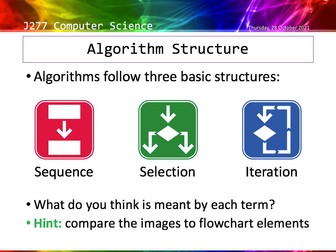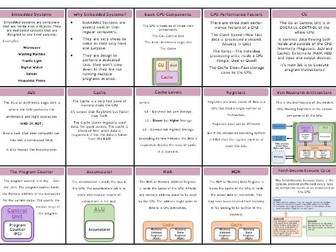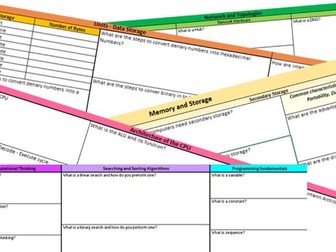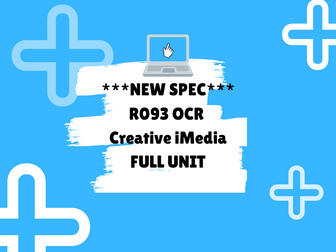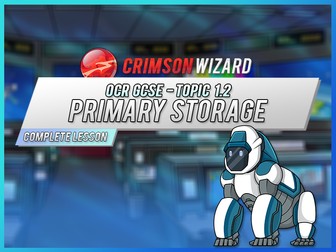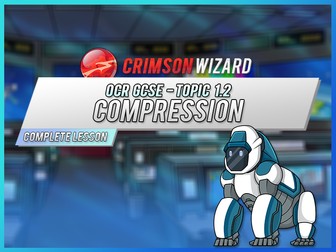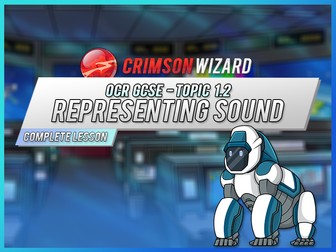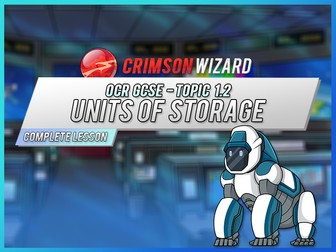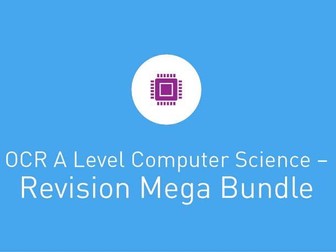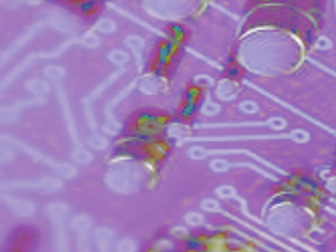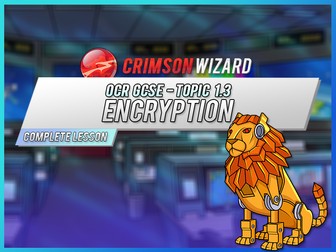
The Internet - OCR GCSE Lesson
This lesson teaches students about the internet: Domain Name Service (DNS), server hosting, the cloud, web servers, and clients. It has been specially created for the OCR GCSE Computer Science (J277) course, meaning there is no irrelevant content from other exam boards. This resource consists of a PowerPoint presentation, a worksheet with answers, custom-made exam-styled questions with a mark scheme, and a full lesson plan. See the video and the preview image to see what is included!
Feedback has been considered when creating and updating this resource to ensure it is appealing, engaging, and challenging. This resource will be updated to ensure it is (one of) the best!
Duration: 1-2 Lessons
This resource is designed to cover:
The Internet: DNS, Hosting, The Cloud, Web Servers, and Clients.
Purpose of the DNS.
Purpose of the cloud.
Interaction between clients and web servers.
Different types of servers and the services they provide.
Advantages and disadvantages of the cloud.
⠀
Other complete lessons in Unit 1.3:
Types of Networks
Network Performance
Network Hardware
The Internet (Current)
Network Topologies
Encryption (Free)
Standards and Network Protocols
Network Connections


